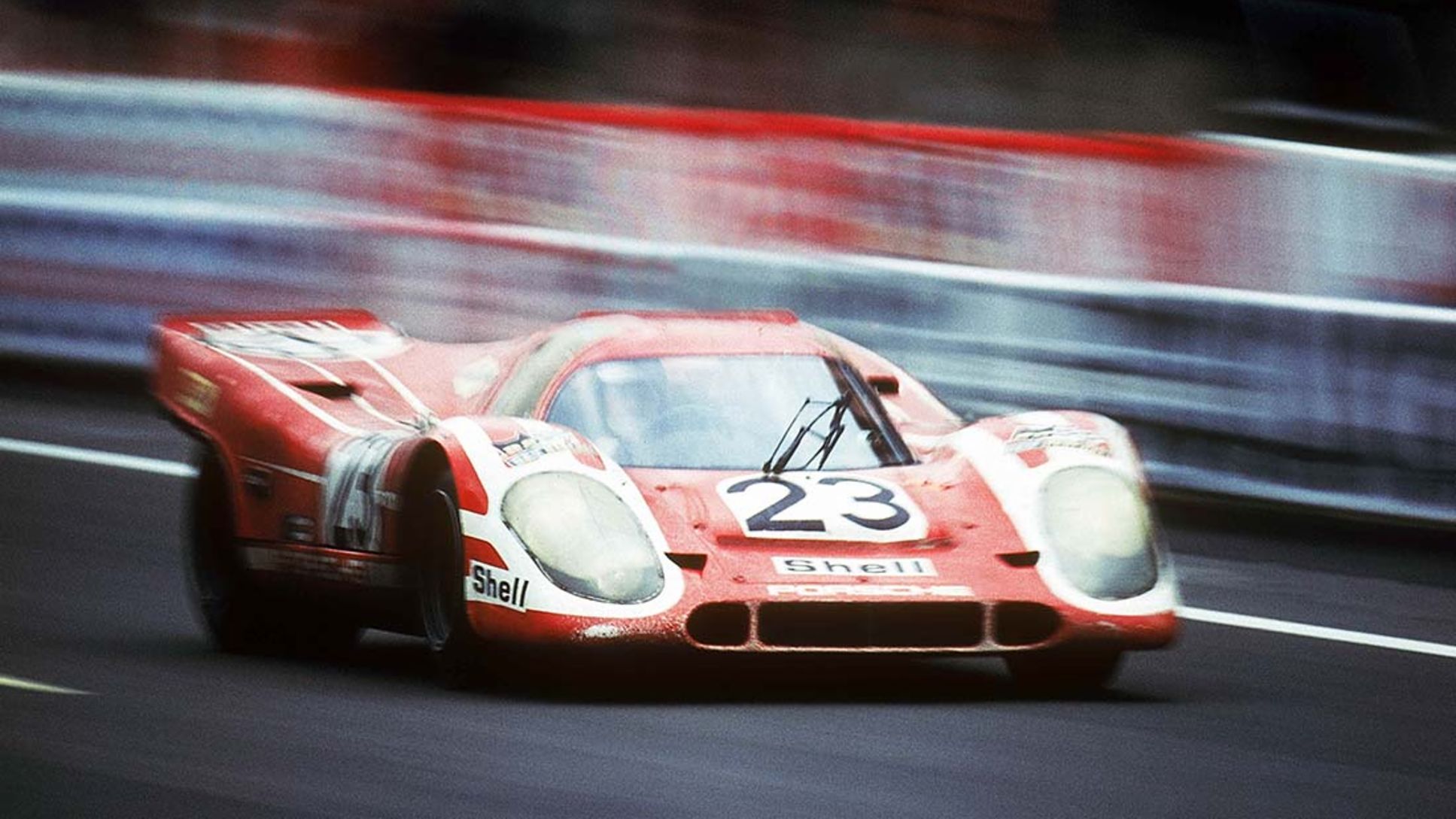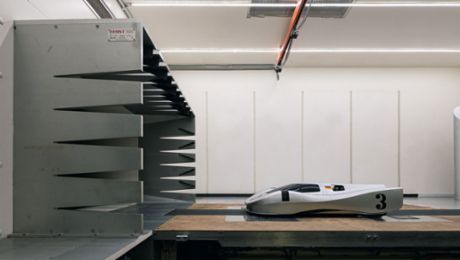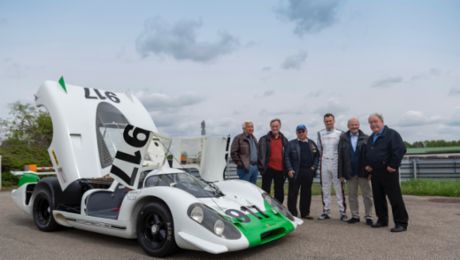1971: The turbo moment
At the beginning of the 1970s, the 917 dominates the race tracks of Europe. In 1970, Porsche succeeds in winning Le Mans for the first time; the twelve-cylinder engine, which packs almost 600 hp, also brings home the overall victory in the Sports Car World Championship with confidence. The 4.5 litre monster repeats its feat the next season. First at Le Mans and then the WC. But the big-engined race cars are too powerful for the organisers. Meanwhile, the race cars are capable of reaching speeds of 400 km/h on the Mulsanne straights in Le Mans. The organisers think this is too much of a risk. They decide on making a drastic change to the regulations. From now on, the maximum cubic capacity allowed is limited to three litres.
Porsche decides it would prefer to spend the following season on the American CanAm race tracks. There are practically no regulations there – and especially no cubic capacity limits at all! But then the Zuffenhausen engineers are faced a totally new problem. The Porsche 917 looks almost too demure compared with the eight-litre monsters in the CanAm series. The motor racing department is experimenting with a sixteen-cylinder aspirated engine but its handling is not convincing. Perhaps the solution could be to pack more power in the same engine?
Ferdinand Piëch, Head of the Porsche Development department, has never discarded the turbo idea – the reason being that exhaust gas turbines can unleash masses of power in an engine. However, the technology which stems from marine and railway engines is plagued with problems, both in motor racing and in the early production turbo engines. So Piëch calls a special meeting, an exclusive turbo think tank: Hans Mezger, Valentin Schäffer and other engineers from the motor racing and development departments meet to rethink the turbo from the bottom up – it is the moment that would shape turbo technology for the next few decades.
The 917 drives the competition into the ground
What does the turbo need to really take off? What were other developers doing wrong? During the course of development, these considerations result in smaller, faster responding chargers; a redesigned bypass valve to regulate charge pressure; and powerful engines which are still easy to manage. With its twelve-cylinder turbocharged engine, the 917/10 dominates the CanAm season in 1972; the year after, the 917/30 breaks the 1100 hp barrier – and literally drives the competition into the ground. Porsche develops the first turbocharged engine capable of transforming its increased brute power intelligently.
The know-how coming from the racing department is soon implemented in street-legal sports cars. As soon as in 1973, Porsche demonstrates a radical turbocharged prototype of the 911 at the IAA. A year later, the Zuffenhausen company presents the production version of the 911 Turbo in Paris. The performance figures are phenomenal. Customers and the trade press are almost ecstatic and the success is resounding – and sustained. When people hear the word "turbo" today, they immediately think of Porsche. During their meeting in Weissach that day, did the creative engineers realise that they were on the brink of a major development?




